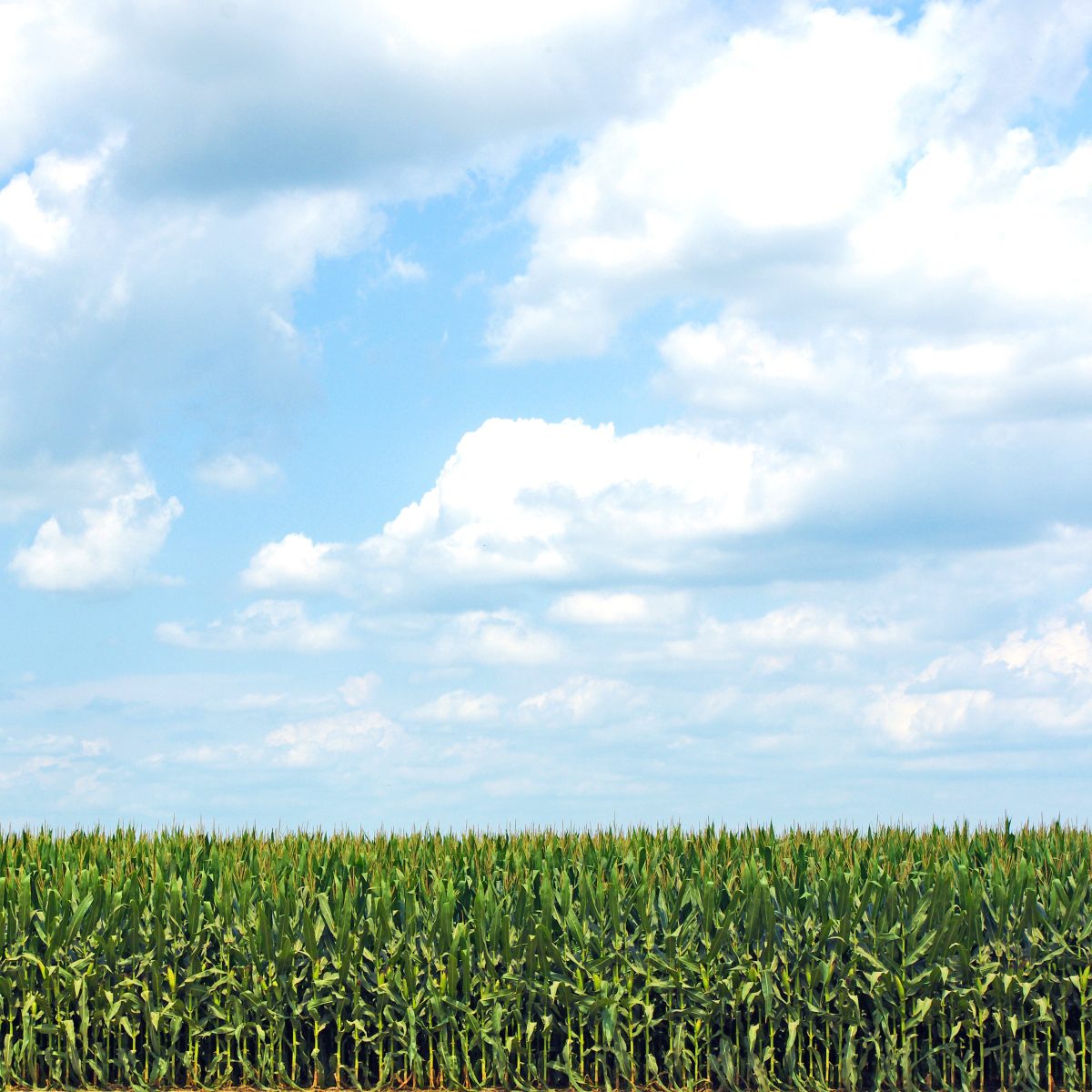America Needs a Farm Bill Now
Guest Author
Special Contributor to FB.org

photo credit: Arkansas Farm Bureau, used with permission.
Guest Author
Special Contributor to FB.org
By Stewart Truelsen
The United States has a land area of 2.3 billion acres, with half used for agricultural purposes—cropland, forestland, pasture and range. The farm bill is vitally important legislation affecting this enormous, valuable resource and its rural population.
The farm bill comes up for reauthorization every few years. There have been 17 farm bills passed by Congress since the first one in 1933. They are sometimes called omnibus farm bills because of the numerous titles and subtitles. The current law, the Agricultural Act of 2014, expires at the end of September.
Tough times have returned once more to agriculture, and farm income again has been cut in half over the last five years.
The first farm bill, The Agricultural Adjustment Act of 1933, was signed by President Franklin Roosevelt during the Great Depression. It was called an adjustment act because the primary objective was to reduce farm surpluses in hopes of raising agricultural prices. During the depression farm prices and income fell by more than half.
Since then, farmers have relied on the farm bill for help in dealing with the risks of farming. The farm bill provides a measure of protection from the instability inherent in agriculture. Don Paarlberg, a distinguished farm economist of the last century, said, “Agriculture is notoriously unstable.”
Paarlberg said that vagaries of weather and market behavior are major causes of this instability, but they are not the only ones. Another factor, he said, is the uncertainty of what government officials are going to do. This is certainly true now with trade agreements under review and possibly cancelled and tariffs imposed on American farm exports.
Tough times have returned once more to agriculture, and farm income again has been cut in half over the last five years. One difference today is that so many farm families have off-farm income. It’s one way they themselves mitigate risk. Farm financial indicators such as debt-to-asset ratios are also better than during previous downturns – even though trends in lending such as interest rates and loans denied are moving in the wrong direction.
Obviously, a farm bill is not a cure for instability, or instability would have been ironed out of agriculture by now, but it does help farmers manage risk. As American Farm Bureau Federation President Zippy Duvall said, “The 2018 farm bill would protect federal crop insurance and address challenges facing dairy and cotton farmers. The bill continues the work of streamlining and improving programs that encourage our conservation work and promote critical research and development of farming practices.”
Duvall noted that farmers are resilient and will get through this latest downturn. However, it would be totally unfair to drag out the farm bill debate and leave them guessing as to what the future holds. To do so only ratchets up the instability inherent in farming.
The Food Stamp Program, now the Supplemental Nutrition Assistance Program or SNAP, was added to the farm bill in 1973 to help gain support from members of Congress in urban districts. It now accounts for some 80 percent of farm bill spending on an annual basis. The food and nutrition component essentially makes the farm bill a “food bill.”
The fact of the matter is the farm bill is one of the most important pieces of legislation that Congress deals with. It affects half of the land resources of the United States and all of the rural population. It ensures all Americans that we will have the food, fuel and fiber we need for the future, and it is good for the nation’s economy.
Stewart Truelsen is a food and agriculture freelance writer and a regular contributor to the Focus on Agriculture series.